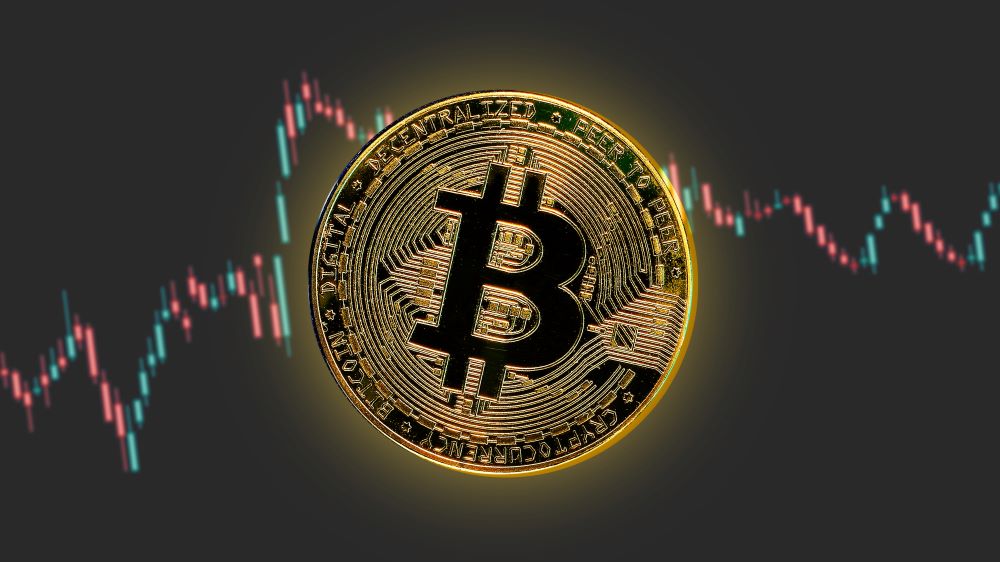In a remarkable start to their market journey in the US, spot Bitcoin exchange-traded funds (ETFs) have made an impressive debut. On their very first day of trading, these ETFs collectively surpassed a total volume of $4.5 billion.
Leading the charge in this new financial landscape are ETFs from BlackRock, Grayscale, and Fidelity. BlackRock’s iShares Bitcoin Trust (IBIT) stood out as the frontrunner, handling over $1 billion in volume, which accounted for 22% of the total volume among the group.
Not far behind was Fidelity’s spot Bitcoin ETF (FBTC), recording around $685 million in trading volume on its first day. Grayscale’s offering, the Grayscale Bitcoin Trust (GBTC), also showed strong performance with a total volume of $2.2 billion.
However, it wasn’t all high numbers across the board. ETFs from Valkyrie, WisdomTree, and Hashdex saw less activity, each accumulating less than $10 million in volume in the initial hours of trading.
The case of Hashdex’s BTC ETF
An interesting case was Hashdex’s BTC ETF, which didn’t start trading on 11 January. Despite the Securities and Exchange Commission (SEC) approving Hashdex’s 19b-4 filing, allowing its spot ETF product to be listed on US stock exchanges, the SEC did not make its Form S-1 effective.
As a result, Hashdex’s “DEFI” fund is still only trading as a futures-based ETF, and the company clarified that the fund currently does not hold any spot Bitcoin in its portfolio.
What do the analysts think?
It’s important to note that the reported trading volume includes both inflows and outflows, and doesn’t fully represent the balance between buying and selling activities during the day.
Senior ETF analyst at Bloomberg, Eric Balchunas, suggested that a significant portion of GBTC’s trading activity likely involved selling, as investors might be shifting from this fund to newer, lower-fee options like those offered by BlackRock and Fidelity. Balchunas’s colleague, James Seyffart, echoed the same sentiment.
In a parallel development, the ProShares Bitcoin Strategy ETF also witnessed a surge in trading activity, with its total volume exceeding $2 billion on the same day. This spike is also believed to be primarily due to selling, as investors seem to be transitioning from futures-based Bitcoin exposure to the less volatile and cheaper spot-based alternatives.
Bitcoin’s momentary spike
Mostly trading within a range, Bitcoin ($BTC) experienced a dramatic surge during this time as it rose by 8%. It helped it to cross the $48,000 mark within a span of 24 hours.
This was accompanied by a 40% rise in trading volumes, signalling a robust response from the cryptocurrency market.
However, the price soon trimmed all gains as there was a sharp move below the $47,500 and $47,000 levels. It even retested the $45,500 support zone.
At the time of press, Bitcoin was trading above $45,900 price level, down by almost 2% daily. There is much resistance near the $46,400 level. The first major resistance is at $47,300. A clear move above this could send the price toward the $48,200 resistance.
Another key resistance being formed currently was at the $49,000 level. A close above the $49,000 level could send the price further higher. After that, the next major resistance sits at $50,000.
All of $BTC’s technical indicators maintained themselves in the bullish zones on their respective charts. Both Awesome Oscillator (AO) and Moving Average Convergence/Divergence (MACD) emanated green histograms above their zero line.
However, price volatility is to remain in the upcoming trading sessions as the Bollinger Bands continued to widen for the coin.


